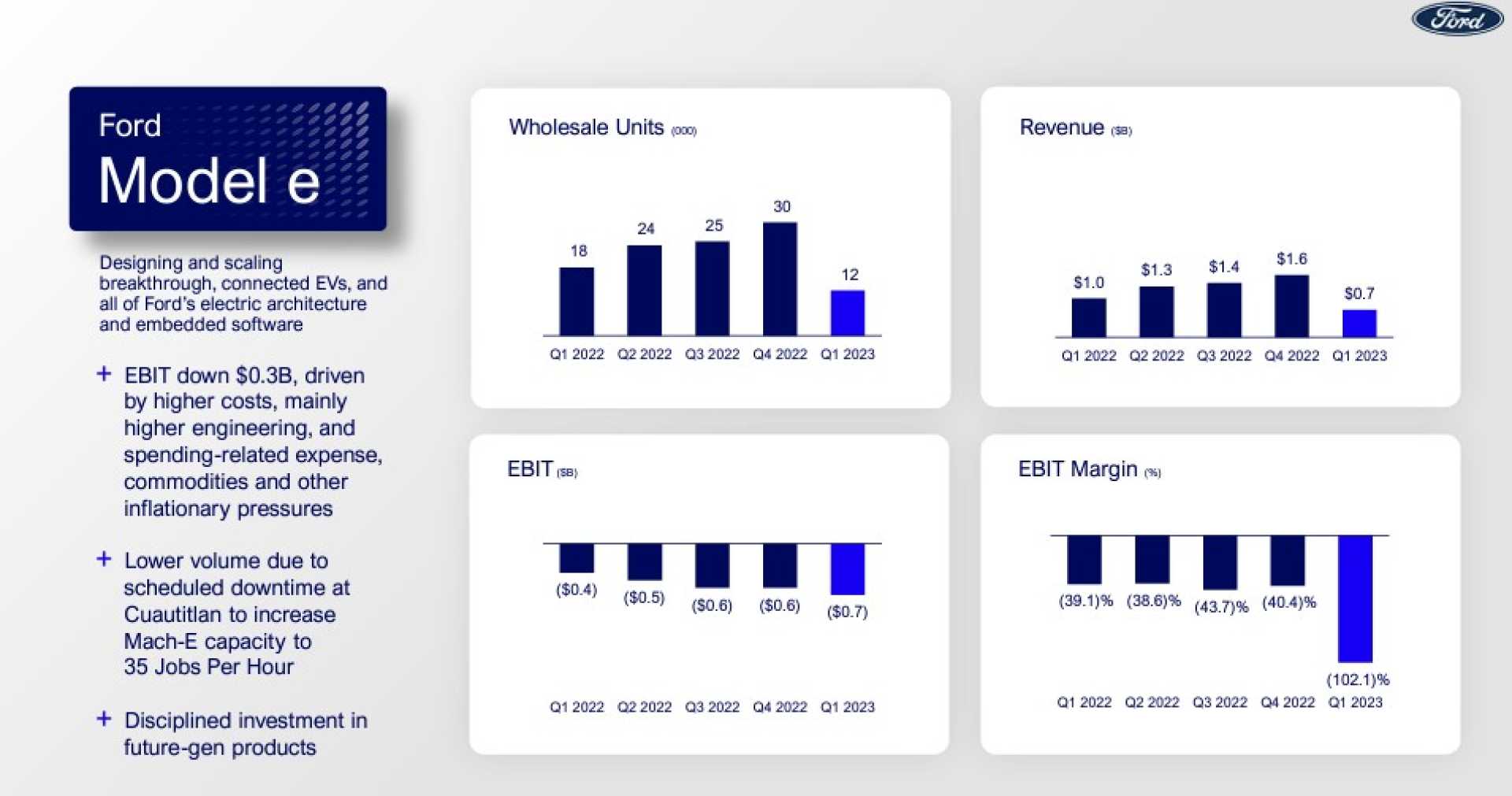Business
Ford Sales Dip Amid Tariff Concerns and Model Discontinuations

DETROIT, Mich. — Ford Motor Co. reported a 1.3% decline in total U.S. new vehicle sales for the first quarter of 2023, selling 501,291 vehicles compared to the same period last year. The decrease largely stems from the company’s timing on rental fleet sales and the discontinuation of both the Ford Edge SUV and the Transit Connect van.
Ford ended production of the small Transit Connect after the 2023 model year. Despite the overall sales drop, Ford noted a 5% increase in retail sales for the quarter, driven by a surge in purchases last month as consumers rushed to buy before expected import tariffs take effect.
“As we expected of most automakers, Ford’s increase in March makes a lot of sense given a new sense of urgency by consumers to buy before tariffs go into action,” said Erin Keating, executive analyst at Cox Automotive. “This time of year is typically a higher performing period; they don’t call it the spring bounce for nothing.”
General Motors also released its first-quarter sales, reporting 693,363 vehicles sold, reflecting a 1.5% decline from last year. However, GM experienced a notable 94% increase in electric vehicle sales, totaling 31,887 units, placing the company second to Tesla in the U.S. electric vehicle market.
Ford’s F-Series pickup line saw a remarkable performance, with sales up 38% in March and 24% overall in the quarter, totaling 190,389 sold. When factoring in the midsize Ranger and the Maverick models, total pickup sales reached 243,317 for the quarter.
The compact pickup Maverick had a standout month, achieving an all-time monthly sales record of 19,008 units sold in March. However, total Maverick sales for the first quarter saw a slight decrease of 2.7% year-over-year to 38,015 vehicles.
Keating emphasized the importance of the Maverick’s availability, stating, “It’s a great thing for consumers to have the affordable pickup in stock. An all-time monthly record for the vehicle reminds us to keep an eye out on some of the most popular, and affordable models as things unfold with tariffs.”
Dan Ives, managing director at Wedbush Securities, described Ford’s performance as “relatively strong numbers” amidst the current economic uncertainty. “The F-series showed solid demand, and these results can be seen as a step in the right direction for CEO Jim Farley and Ford,” Ives added.
Ford’s growth in electrified vehicles—comprising both EVs and hybrids—increased by 25.5% compared to last year, with a total of 73,623 units sold. Electric vehicles now account for 15% of Ford’s total sales, a rise of 3 percentage points from the previous year.
The company reported selling 22,550 all-electric vehicles, an 11.5% increase from the prior year, while hybrid sales soared 33% to 51,073 units. The Maverick, starting at $26,995, emerged as a best-selling hybrid pickup, with hybrid models contributing to 21,414 of its total sales.
Sales of the Mustang Mach-E also rose by 21% to 11,607 units, despite ongoing inventory challenges. Ford announced that 2025 Mustang Mach-E SUVs were en route to dealer lots, anticipating improved availability in April.
Ford’s electric van sales, specifically the E-Transit, saw a 30% surge, totaling 3,756 units. However, the sales of Ford SUVs overall declined by 16.7% to 201,527 vehicles, significantly impacted by the discontinuation of the Edge.
In the first quarter, Ford sold only 2,078 Edges, a staggering 94% drop compared to 35,157 units last year. Additional declines were observed with the Expedition, down 37.5% to 13,482 units, and the Explorer, down 19% to 47,314 units.
Conversely, sales of Ford’s Bronco line saw gains, with total sales reaching 65,958 SUVs—a 19% increase year-over-year. The luxury division Lincoln experienced a 4.7% dip in sales, totaling 23,731 vehicles, although the Navigator saw a significant increase of 29.8% to 4,058 units.
Additionally, Ford reported that its Ford Pro Intelligence software platform had nearly 674,000 active subscriptions by the end of the first quarter, marking a 20% increase year-over-year. Customer usage of BlueCruise technology, which enables hands-free highway driving, reached about 5 million cumulative hours at the quarter’s end.
Last year, Ford’s dealers facilitated over 3.8 million remote service experiences, and the momentum has continued into 2023, with service experiences up by 11%. There were 503,822 Mobile Service experiences executed in the first quarter, reflecting a 14.5% growth compared to the previous year.












